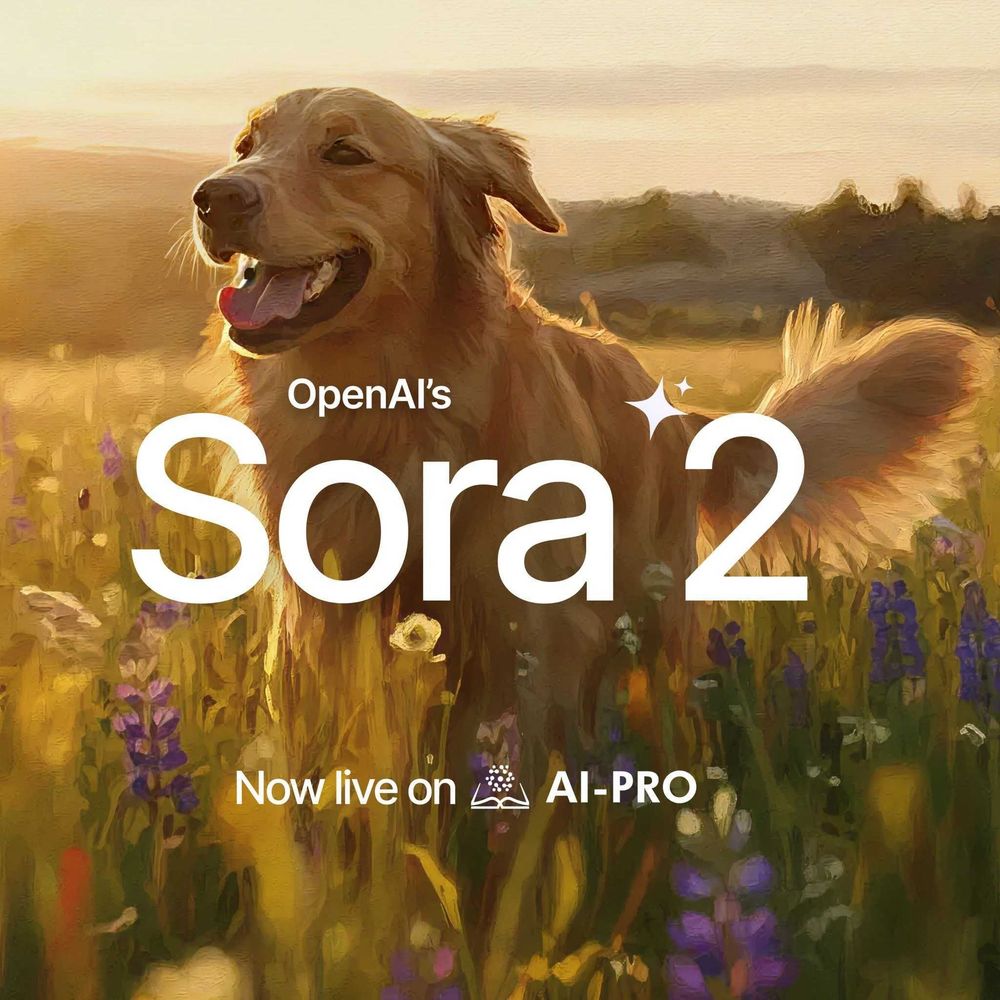In today's rapidly evolving technological landscape, artificial intelligence (AI) stands as one of the most transformative innovations of the 21st century. From powering virtual assistants to revolutionizing healthcare diagnostics, AI has permeated nearly every aspect of our lives, shaping the way we work, communicate, and interact with the world around us.
But amidst the buzz surrounding AI's capabilities in problem-solving and automation, there exists a lesser-known yet equally fascinating realm: generative AI. Unlike traditional AI, which focuses on analyzing data and making predictions, Generative AI goes a step further by fostering creativity and imagination in machines.
Picture this: a computer program not only understands human input but also has the ability to generate entirely new content, ranging from lifelike images to original music compositions. This is the essence of generative AI - a groundbreaking field that pushes the boundaries of what machines can achieve.
In this comprehensive guide, we'll embark on a journey to demystify generative AI, tracing its roots back to the broader landscape of AI and exploring how it has emerged as a driving force behind innovation in numerous industries.
Whether you're a seasoned tech enthusiast eager to deepen your understanding or a curious beginner intrigued by the possibilities, join us as we delve into the inner workings of generative AI and unlock its potential to revolutionize creativity in the digital age.
What is Generative AI?
Our first stop in this journey is to answer the question: What is generative AI?
Generative AI, a subset of artificial intelligence (AI), stands out for its capability to autonomously create new content, distinguishing itself from conventional AI systems primarily designed for data analysis and predictive tasks. This branch of AI facilitates the emergence of creativity and imagination within machines, marking a significant departure from the traditional paradigm, and resulting in what we now call AI-generated content.
The way it works is that generative AI empowers computers to produce diverse and original content across multiple domains, including images, text, music, and videos, without direct human intervention. It achieves this by leveraging advanced neural network architectures like generative adversarial networks (GANs) and variational autoencoders (VAEs), which enable machines to comprehend and mimic the underlying structures of input data.
This computational creativity extends beyond mere problem-solving, offering a platform for machines to engage in artistic expression and innovation. Through generative AI, researchers and innovators explore novel applications in fields such as art, design, content generation, and beyond, reshaping the boundaries of AI's creative potential and its role in shaping human endeavors.
4 Popular Generative AI Techniques and Models
As mentioned, generative AI works through advanced neural architecture such as GANs and VAEs, but what do these really mean? Well, these are utilized to understand and replicate patterns within data, ultimately producing novel outputs across various domains.
Here’s a better explanation of GANs and other popular generative AI techniques and models:
1. Generative Adversarial Networks (GANs)
GANs consist of two neural networks: a generator and a discriminator, which work in tandem to produce realistic outputs. The generator generates fake data samples, while the discriminator distinguishes between real and fake samples. Through adversarial training, GANs learn to generate increasingly realistic content, making them widely used in generating images, videos, and even text.
2. Variational Autoencoders (VAEs)
VAEs are a type of generative model that learns to represent input data in a latent space, capturing its underlying structure. Unlike GANs, which focus on generating specific outputs, VAEs prioritize learning the distribution of the input data. This allows them to generate diverse and realistic results while also enabling tasks such as image reconstruction and data compression.
3. Autoregressive Models
Autoregressive models generate sequences of data by modeling the conditional probability of each element given previous elements in the sequence. These models are particularly effective for generating text, where the next word in a sentence is predicted based on preceding words. Examples of autoregressive models include recurrent neural networks (RNNs) and transformers.
4. Flow-Based Models
Flow-based models learn a bijective mapping between input and output spaces, allowing for efficient generation of high-quality samples. Unlike other generative models that rely on sampling from a learned distribution, flow-based models directly model the data distribution. This makes them suitable for tasks such as image generation and density estimation.
These techniques and models represent the forefront of Generative AI research and development, offering powerful tools for generating diverse and realistic content across a wide range of applications. By harnessing the capabilities of these approaches, researchers and practitioners continue to push the boundaries of creativity and innovation in the field of artificial intelligence.
8 Practical Generative AI Applications
Seeing as how powerful the technology is, it’s not surprising that there are now several generative AI applications used in our daily lives, and they are:
- Art and Design - In art and design, it’s widely used to create unique and innovative pieces of artwork, digital graphics, and visual effects. Artists and designers use generative algorithms to generate patterns, textures, and designs that inspire creativity and go beyond the boundaries of traditional art forms.
- Content Generation - The technology is employed to automatically generate content across various mediums, including text, images, and videos. It can be used to generate news articles, product descriptions, marketing materials, and social media posts, helping businesses streamline content creation processes and engage audiences more effectively.
- Music Composition - While this may come as a shock to many, generative AI is also used to compose original music tracks and soundscapes. These algorithms analyze existing music data to learn musical patterns and styles, enabling them to generate new compositions that mimic the work of human composers. Generative music systems are used in applications such as film scoring, video game soundtracks, and personalized music recommendation systems.
- Gaming and Virtual Worlds - It powers procedural content generation in video games and virtual worlds, allowing developers to create vast and immersive environments with minimal manual effort. It is used to generate terrain, landscapes, characters, and other game assets, providing players with endless possibilities for exploration and interaction.
- Healthcare and Drug Discovery - Its application in healthcare and pharmaceutical research is to accelerate drug discovery and development processes. It can generate molecular structures and predict molecular properties, facilitating the design of new drugs and therapies for various diseases and medical conditions.
- Security and Fraud Detection - As for cybersecurity and fraud detection, systems are used to identify and mitigate security threats, breaches, and fraudulent activities. It can generate synthetic data to train anomaly detection models and simulate cyberattacks, enabling organizations to enhance their defenses and protect sensitive information.
- Creative Writing Assistance - Writers and content creators also use generative AI software to assist them in generating ideas, brainstorming topics, and refining their writing style. These tools can provide suggestions, generate outlines, and even draft complete passages of text, helping writers overcome creative blocks and improve their productivity.
- Fashion Design and Personalization - Generative AI algorithms are utilized in fashion design and retail to create custom clothing designs and personalized fashion recommendations. They can generate virtual clothing samples based on individual preferences and body measurements, enabling customers to visualize and customize their clothing choices before making purchases.
These are just a few examples of the practical applications of Generative AI, showcasing its versatility and potential to revolutionize various industries and domains. As research and development in Generative AI continue to advance, we can expect to see even more innovative and impactful applications emerge in the future.
8 Considerations for Implementing Generative AI
The successful implementation of generative AI requires careful consideration and meticulous planning; otherwise, you may not fully unlock its maximum potential. So if you’re interested in utilizing the technology, whether for professional or personal matters, it’s best to keep these things in mind:
- Data Quality and Quantity - The effectiveness of AI models hinges greatly on the quality and quantity of training data. It's imperative to ensure that the data used is not only diverse but also representative and devoid of biases. Adequate data volume is also pivotal for training robust and accurate models.
- Computational Resources - Particularly for large-scale models like GANs and transformers, substantial computational resources are indispensable for both training and inference. Access to high-performance hardware, such as GPUs or TPUs, is essential to facilitate efficient and effective model training.
- Model Selection and Tuning - Opting for the most suitable AI model and architecture for your specific use case is paramount. Each model comes with its own set of strengths and limitations, necessitating a thorough evaluation based on factors like performance, scalability, and computational efficiency. Fine-tuning hyperparameters and optimizing model parameters can significantly enhance model performance and output quality.
- Ethical and Legal Considerations - Generative AI's capability to produce convincing content, spanning images, text, and audio, raises ethical concerns regarding potential misuse. It's crucial to contemplate ethical implications, such as the risk of AI-generated content being exploited for malicious purposes, alongside legal considerations pertaining to copyright infringement and intellectual property rights.
- Bias and Fairness - AI models may inadvertently perpetuate biases present in the training data, resulting in unfair or discriminatory outcomes. Evaluating models for bias and fairness is imperative, alongside implementing strategies to mitigate bias, such as data augmentation and fairness-aware training methods.
- Security and Privacy - When trained on sensitive or proprietary data, AI models can pose security and privacy risks if compromised. Robust security measures must be implemented to safeguard trained models, data, and infrastructure against unauthorized access, tampering, or attacks.
- Monitoring and Maintenance - Continuous monitoring and maintenance are essential to ensure optimal performance and reliability of AI models. This includes monitoring model outputs for consistency and quality, detecting any drift or degradation in performance, and updating models periodically with new data or improved algorithms.
- User Experience and Feedback - Incorporating user feedback into AI systems is crucial for enhancing user experience and satisfaction. Establishing mechanisms for users to provide feedback on generated content and adjusting models based on user preferences can significantly enhance the relevance and quality of generated outputs.
 By meticulously considering these factors and addressing potential challenges, organizations can effectively implement and leverage generative AI to achieve their objectives and unlock new opportunities.
By meticulously considering these factors and addressing potential challenges, organizations can effectively implement and leverage generative AI to achieve their objectives and unlock new opportunities.
What is the Future of Generative AI?
It goes without saying that generative AI has already made significant strides in various domains. Currently, these algorithms are capable of producing realistic images, generating compelling narratives, and composing original music compositions. These advancements have not only streamlined creative processes but have also opened up new avenues for innovation and experimentation.
Looking ahead, the future promises even more profound impacts. As research and development continue to progress, we can expect to see these algorithms becoming increasingly sophisticated, producing content that is virtually indistinguishable from that created by humans. This will lead to a proliferation of personalized and customized experiences across industries, catering to individual preferences and needs like never before.
Moreover, this technology is poised to drive interdisciplinary collaborations and innovative applications across fields such as healthcare, education, and entertainment. By combining the creative capabilities of these algorithms with human expertise, they will enable new forms of collaboration and problem-solving to address complex challenges and unlock new opportunities for societal impact.
However, as these systems continue to evolve, they will also raise important ethical and societal considerations. Issues such as bias, fairness, transparency, and accountability in AI systems will need to be addressed to ensure responsible development. Additionally, there will be a need for ongoing dialogue and collaboration between technologists, policymakers, and society at large to navigate the ethical implications and ensure that the benefits are realized equitably.
Overall, the future holds immense promise. By harnessing the creative potential of these algorithms and embracing ethical and responsible development practices, they have the potential to usher in a new era of innovation and transformation across society.
Unleash the Potential of Generative AI!
Generative AI is not just a technological marvel; it's a catalyst for unprecedented creativity and innovation. With the ability to generate lifelike content across various mediums, from images to music, these algorithms are redefining the boundaries of what's possible.
As we look to the future, the potential of generative AI to revolutionize industries and drive societal progress is undeniable. By navigating ethical considerations and embracing responsible development, we can steer this transformative technology towards a future where creativity knows no bounds.
Hopefully, this guide has taught you what you sought to know about generative AI and even encouraged you to delve deeper into this vast world. Explore its applications and use tools such as AI-Pro’s suite of generative AI software, learn about its underlying principles, and consider how it can be harnessed in your own endeavors. Whether you're a seasoned technologist or a curious beginner, understanding generative AI and utilizing it whenever suitable can unlock avenues you may not have thought available to you before.








